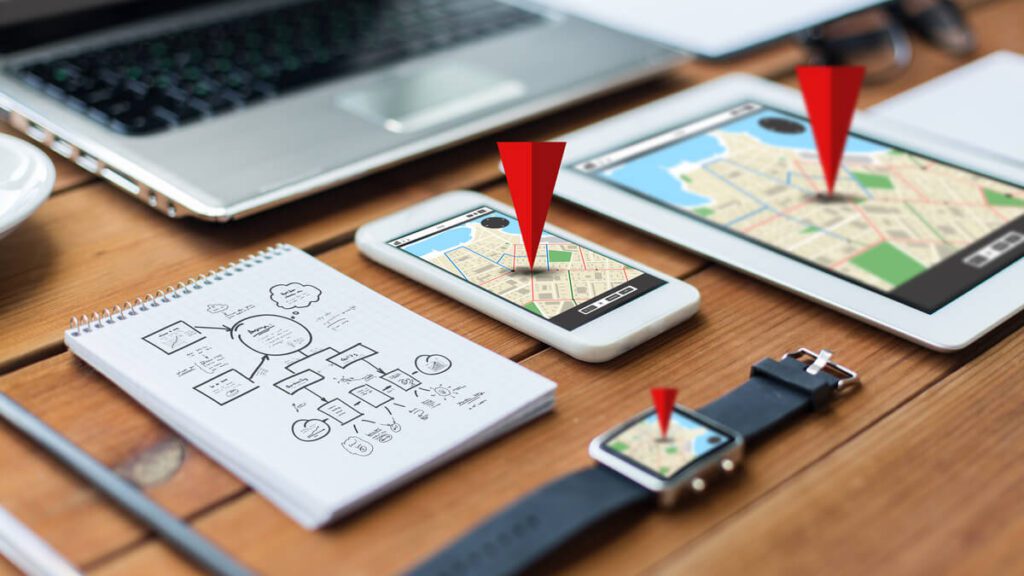
The current pandemic has affected all types of businesses and industries and has brought forward new technologies and innovations. What will the future of travel look like post COVID-19? We break down some of the most prominent technologies in travel tech that are here to stay post COVID-19.
People will want to travel again – and they will. Expect leisure travel to make a comeback although it remains unclear exactly when travel will fully recover. Even if the road towards a full recovery may be a long and unprofitable run for airlines, leisure travel is inevitable as it is embedded in our culture.
Tourism is an in disposable facet of global economy, so expect people returning to the skies. Treatment protocols against the pandemic will prove to be particularly helpful. Business travel is set to return as well, however the robustness of business travel moving forward is open to debate. Traveling to cities like London or New York for a conference or a meeting may lessen as the adoption of video conferences increase.
Airlines are going to need to get creative on how they attract and retain new customers, and how they can keep their businesses above water. The latest in travel tech is the adoption of AI and Machine Learning technologies that allow for faster customer feedback. This feedback can in turn be used to personalize and disseminate price drops and comparisons to potential customers.
As the vast majority of travelers use the Internet to plan the bulk of their trip; web scraping technologies enable online booking agents to expand, review and monitor prices to offer the best package for their user. Web scraping can enable airlines to track customer feedback and preferences as well. Regarding businesses, there are also useful alternatives for corporate travel booking.
However, before the travel industry can bounce back, people must feel safe to travel again in light of Covid-19. The widespread public perception is that airports and planes are hotbeds for virus transmission. In recent years, plans have become more packed with travelers as airlines try to fit in as many passengers as they can.
Disinfecting public transportation is posing several challenges and new opportunities. Companies and public institutes such as New York Metropolitan Transit Authority will need to start investing in antiviral travel tech to regain customer trust. The MTA, which operates New York City subways has launched a program to implement ultraviolet light to disinfect subways and buses. The lamps, utilize a type of high-intensity UVC technology that eliminates 99.9% of viruses and bacteria.
Inside Telecom provides you with an extensive list of content covering all aspects of the tech industry. Keep an eye on our MedTech section to stay informed and up-to-date with our daily articles.